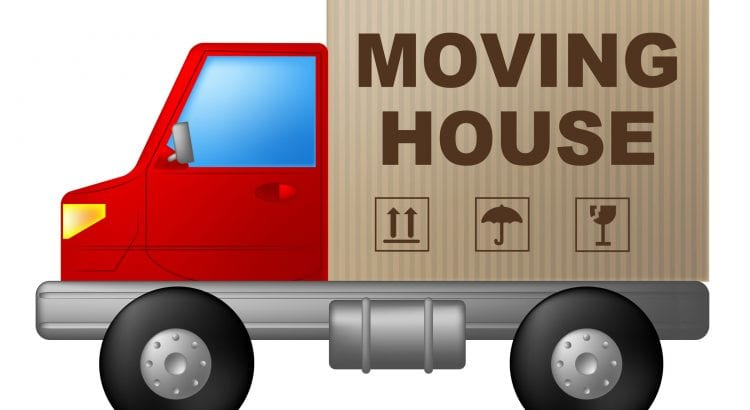Change is great and part of life but can be challenging for some people. One such overwhelming change is moving. Moves are largely triggered by approaching retirement, but even for younger workers, the prospect of moving someplace smaller can be daunting and difficult with all the stuff that they possess in a larger space.
Whether you’re moving to cut expenses or just to simplifying your life, these pro tips can help you ace the transition by downsizing your home before moving:
- Bid a Farewell to some items
It is okay to be attached to that big sweat shirt or that pair of jeans which would be too old but has a lot of memories associated with it, but it’s time to let go. Only to pay haul things that will actually fit in your new, smaller space. It is important that you remind yourself that you’re reducing clutter and not stockpiling it.
It is difficult to just open your wardrobe one day and de-clutter it all at once. The best way to go about it is by thinking as to for how long you have not used that particular thing. If it’s been an entire year or a season, you should probably toss it – unless it’s something like a tuxedo or an evening gown. Ask yourself if you actually enjoy using the item or if it has a place in your life. Be ruthless.
It is imperative that you keep in mind that our activities and interests change over time, and we don’t always review our possessions to keep up with that so maybe we should make room for things that’ll actually align with our current endeavors.
- Hop on that online portal
While garage sales help you get rid of items you no longer need, you should also check social media or Freecycle for so-called beg, barter, and buy-and-sell groups that allow you to buy, sell and trade your possessions. It can be an effective, low-labor way to unload unwanted items fast and inexpensively.
- Exclude Food
If movers pack for you, remember that they will move literally everything you leave behind—including food. The best way to go about it is to look for a socially responsible mover that is mindful of the perishable as well as non-perishable items that might be present in your pantry. These items can be safely transported to a food bank. This way, you save the cost of moving it and help alleviate hunger in your community at the same time, meaning it’s a win win situation!
- Insure Your Valuables
Moving is a tedious process and with the help of professional movers, the possibility of your items being damaged is minimized but is definitely not eliminated meaning it does happen. That’s why valuation—or how much your moving company will reimburse you in case your property is lost or damaged—is necessary and you should be aware of it.
Valuation is highly recommended specially those who are downsizing as they tend to hold back or rather retain the necessities when moving into a new apartment which might be the most valuable pieces for them.
A standard basic valuation is 60 cents per pound but there are various other options worth exploring as per your requirements. So if electronics that weigh only a few pounds or less get damaged, you’ll only be reimbursed a couple of dollars, even though they’re worth much more than that. Call your homeowners insurance agent to find out what is protected under your existing plan and ask how much it would cost to fully insure everything you plan to take with you; then decide whether it’s worth it to upgrade the valuation.
- Get Multiple Cost Estimates
If you’re downsizing, you may not think of it as a big move, and you may not take all the precautions you would normally. But you should. You may find a company that’s just as reputable and offers the same services for hundreds or even thousands of dollars less. Experts’ advice to not get trapped in the popularity of certain movers and so get at least three estimates from reputable professional movers. Don’t just go with the first person you talk to. With that, it is also a great idea to turn towards your friends who recently downsized to a smaller space as well to get to know their experience with the movers and the costs involved.
Downsizing your home is a highly emotional process. In fact, it can be a lot like grieving. You are changing your life and giving up the things you once loved so don’t feel shy if you’re struggling to reduce your possessions to fit into your new small house, keeping a few things that you’re undecided on in storage or just with your parents is worth pondering over. There are plenty of low-cost self-storage units available to rent for short periods – check out this useful price comparison chart.
Author Bio:
Jenny Harrison is a passionate home and lifestyle blogger. She loves to engage with readers who are seeking home and lifestyle-related information on the internet. She is a featured blogger at various high authority blogs and magazines in which she shared her research and experience with the vast online community. Currently, she is associated with New York moving company ‘All Around Moving Services Company’ Specializes in arranging and assembling services of professional and skilled local movers locally in New York City as well as areas in New Jersey, Connecticut and the Miami Dale area in South Florida. Follow her on twitter @MJennyHarrison for more updates.













